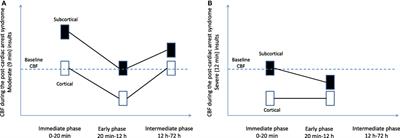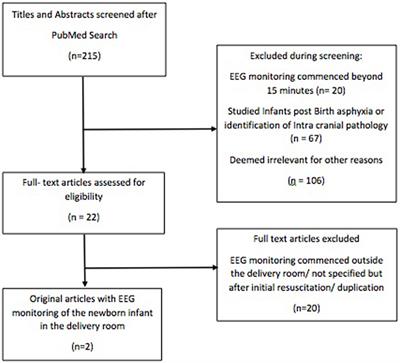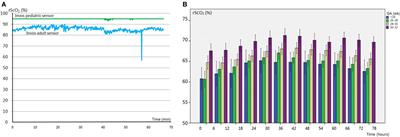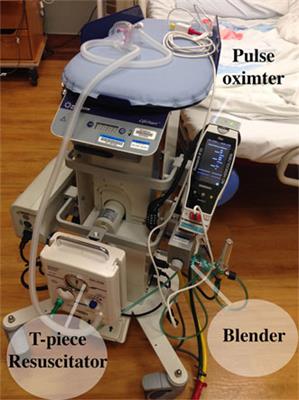EDITORIAL
Published on 04 Jun 2018
Editorial: Neonatal and Pediatric Cerebro-Cardio-Pulmonary Resuscitation (CCPR): Where Do We Stand and Where Are We Heading?
doi 10.3389/fped.2018.00165
- 1,463 views
- 2 citations
19k
Total downloads
94k
Total views and downloads
EDITORIAL
Published on 04 Jun 2018
REVIEW
Published on 12 Feb 2018

REVIEW
Published on 16 Aug 2017

MINI REVIEW
Published on 10 Aug 2017

CORRECTION
Published on 21 Jul 2017
REVIEW
Published on 01 May 2017

ORIGINAL RESEARCH
Published on 05 Apr 2017

REVIEW
Published on 03 Apr 2017

REVIEW
Published on 14 Mar 2017

MINI REVIEW
Published on 23 Feb 2017

REVIEW
Published on 17 Feb 2017

REVIEW
Published on 25 Jan 2017

